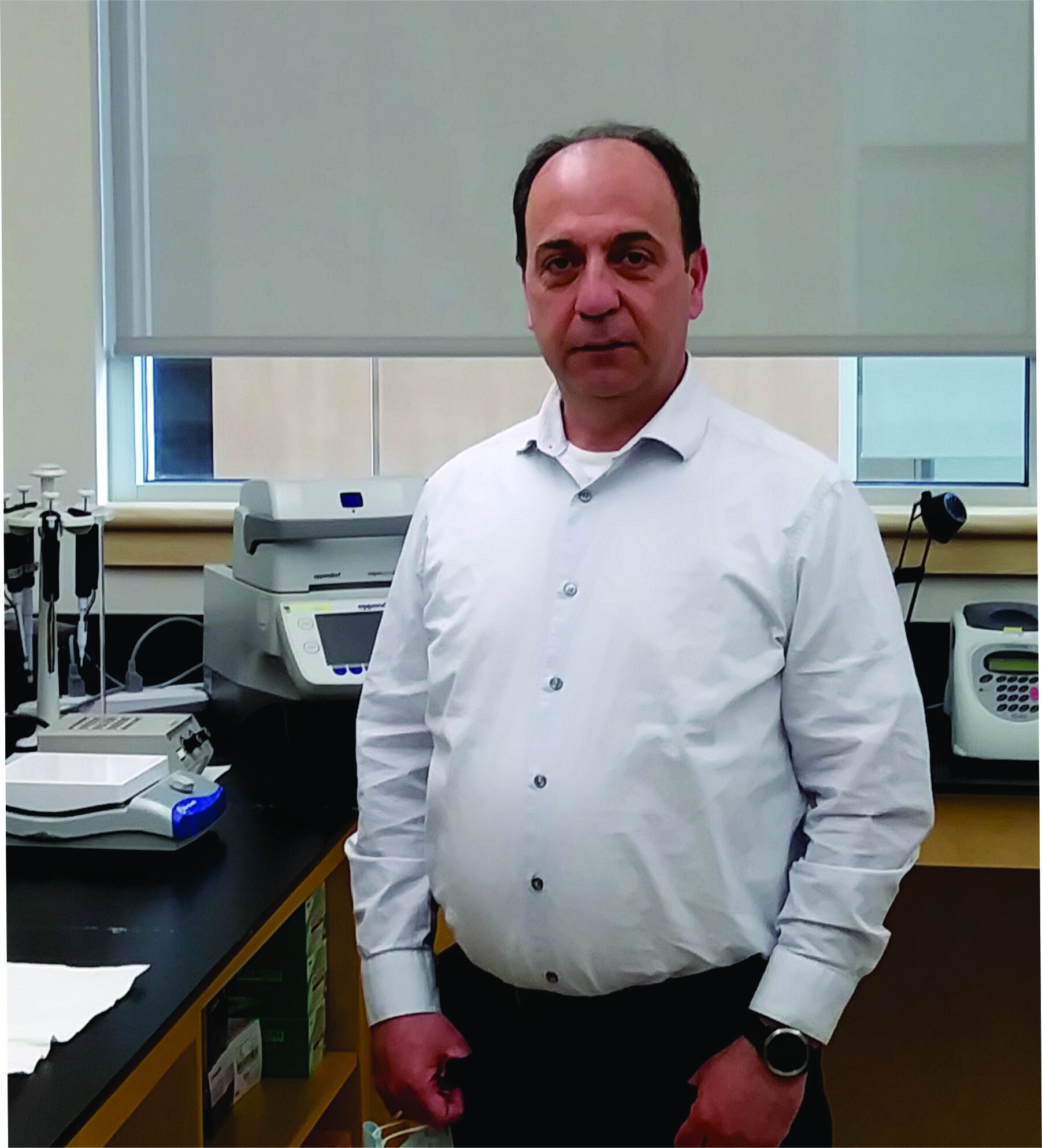Research Profile: Dr. Turgay Akay
Dr. Turgay Akay, Associate Professor in the Department of Medical Neuroscience at Dalhousie, has been affiliated with the Brain Repair Centre since 2014, when he joined as an assistant professor. Through his research, he is seeking to understand how the nervous system controls locomotion, specifically related to sensory feedback.
Dr. Turgay Akay
As an example, when you slip on an uneven surface, you naturally recalculate and adapt to the change. Dr. Akay’s main question centres on how that happens and how the sensory information gets processed in the central nervous system. The answer to this question has many practical implications in medicine, especially for the elderly, whose sensory information tends to be less reliable.
“There are lots of opportunities for me to collaborate with other researchers on this work,” says Dr. Akay. “The interactions I have through the BRC allow me to do things I wouldn’t otherwise be able to do. There is so much power in that. It is very rewarding that my research goes well beyond myself.”
Dr. Akay credits his past and current trainees as key to his success, including the current trainees Olivier Laflamme, Tyler Wells, Reynaldo Popoli and Han Zhang. He acknowledges trainees in the lab to be the main driving force of research leading to scientific discoveries and publications in internationally recognized peer reviewed journals.
An opportunity to go to Columbia University to work with Dr. Tom Jessell to train in mice genetics had a huge impact on Dr. Akay’s research program and the trajectory of his life. “With mice, we can change the network structure and understand very specifically what is happening and why. Mouse models are a huge help in understanding how the disease progresses and helping us design therapeutic approaches to extend the mobility of ALS patients.”
Ultimately, Dr. Akay’s research seeks to understand how the nervous system controls movement. This understanding will eventually facilitate clinical research to help patients with movement disorders, such as ALS patients to maintain their mobility. For example, the environment in the BRC especially encourages collaborative activities between basic science researchers, such as Dr. Akay, and clinical researchers, to design new training paradigms, or contribute to the development of medication.
Dr. Akay’s advice is to try to think big. “What I mean is do not get focused on the particular method that you are using. Try to look around it. Extending the area of expertise will remove lots of limitations. This doesn’t mean you do everything on your own. Instead, through collaborations, the limitations can be overcome so you can start asking more basic questions with bigger consequences.”
“Science today is a very collaborative enterprise,” says Dr. Akay. “The big picture is emerging from all of our collaborative work with diverse laboratories in the US and the UK. It is so important to the two NIH grants I have received. We are all parts of a bigger puzzle and the BRC helps to facilitate those essential collaborations. Collaborating with BRC researchers, such as Vic Rafuse, Jim Fawcett, Ying Zhang, and George Robertson, and researchers across the globe, such as Simon Danner (Drexel University, USA), Victoria Abraira (Rutgers University, USA), Boris Prilutsky (Georgia Institute of Technology, USA), Andrew Murray (University College London, UK) – all of these connections are leading to publications, contributions and greater work. There are no longer any limits to what we can achieve.”
You can also read about some of Dr Akay’s graduated and current trainees - Olivier Laflamme and Tyler Wells - at Our Trainees page.


